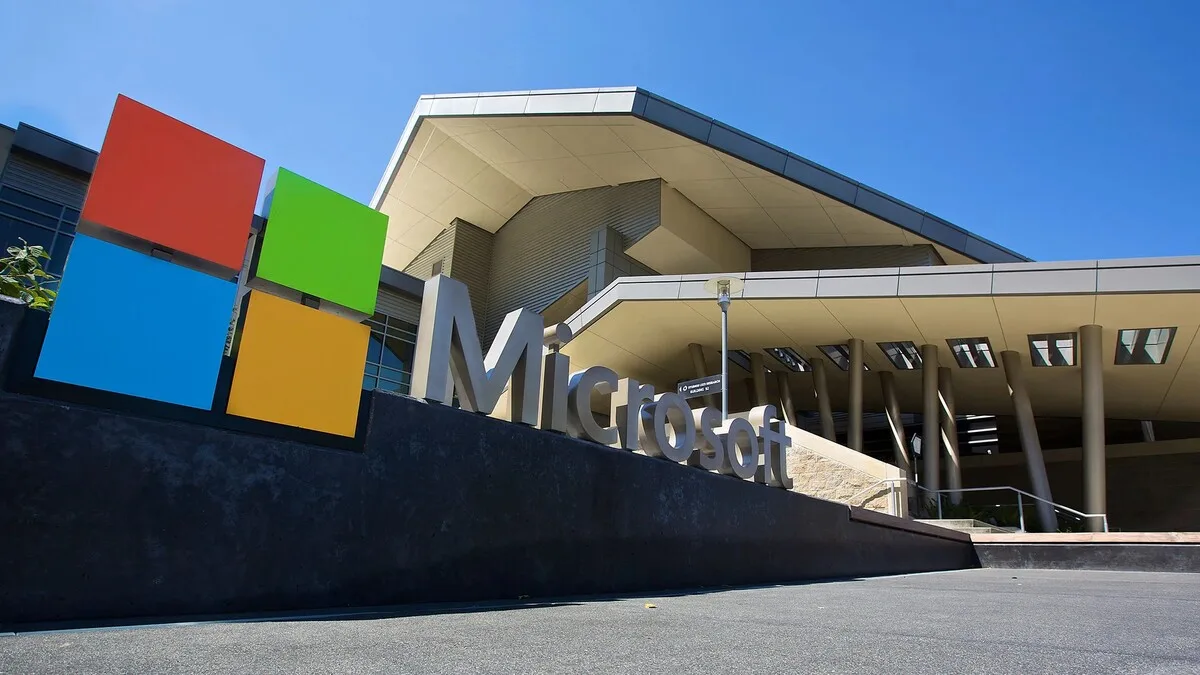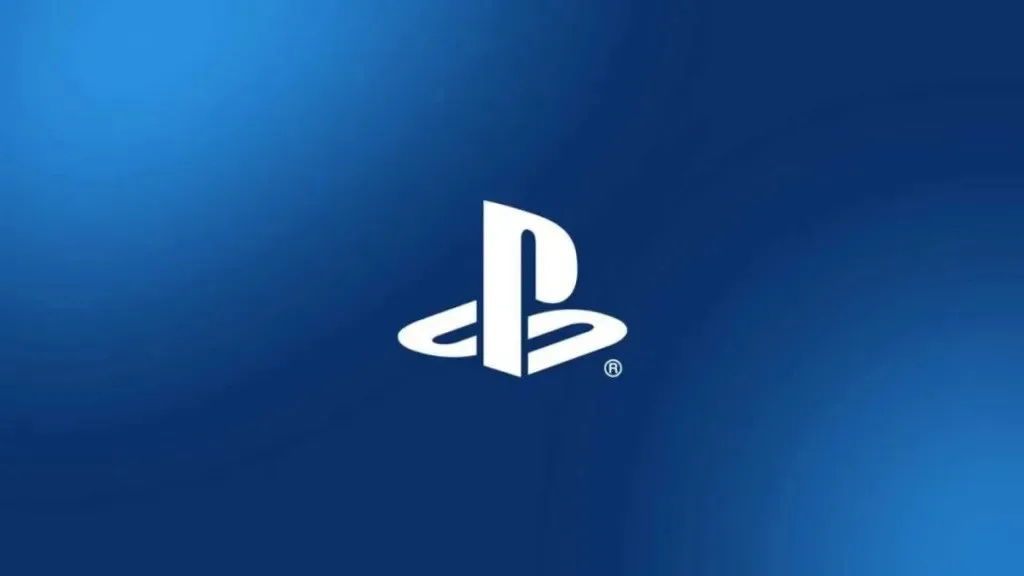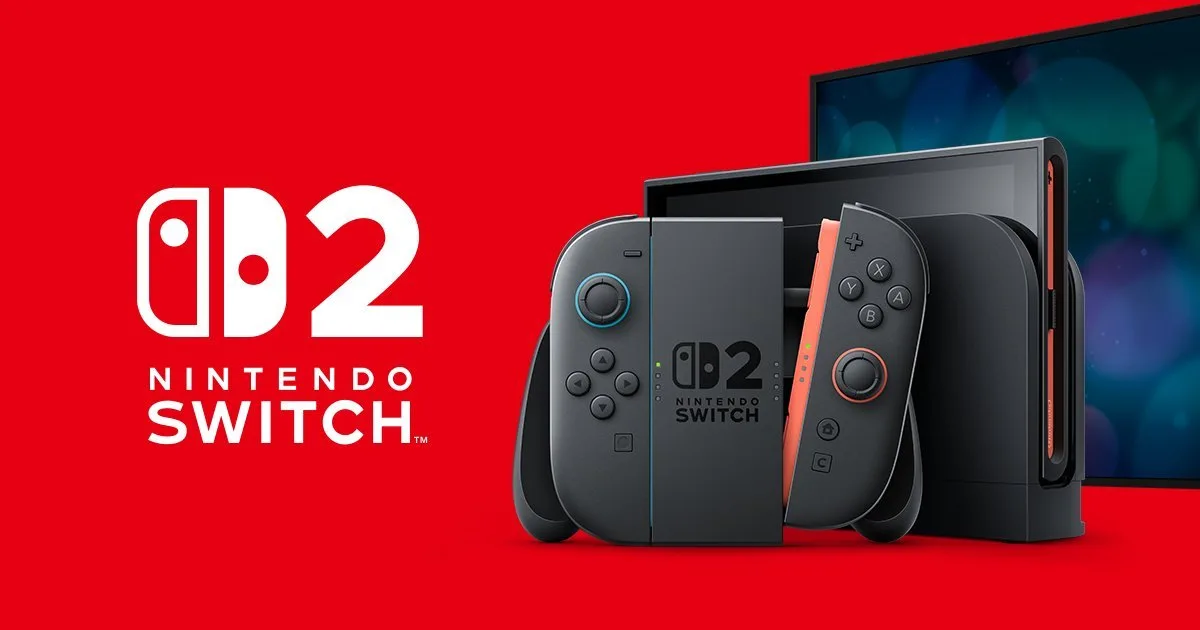
Persona 5 performance eclipse the Sega income under-performance for FY 2025
SEGA’s latest financial report highlights both triumph and turbulence: the Persona 5 series has now surpassed 13 million lifetime sales, yet the company posted a 168% year-on-year dip in net income, underscoring the challenges of… Persona 5 performance eclipse the Sega income under-performance for FY 2025






